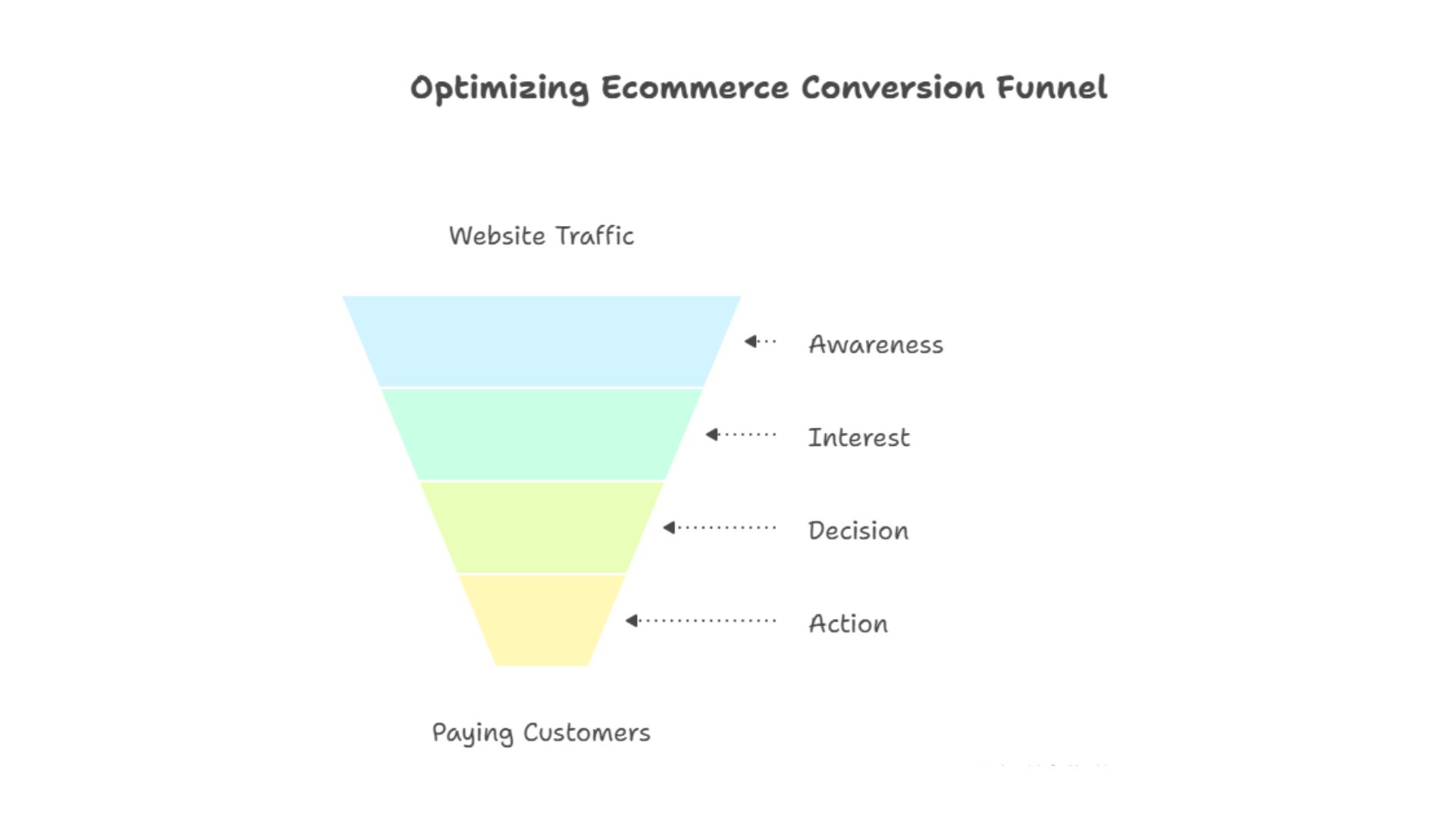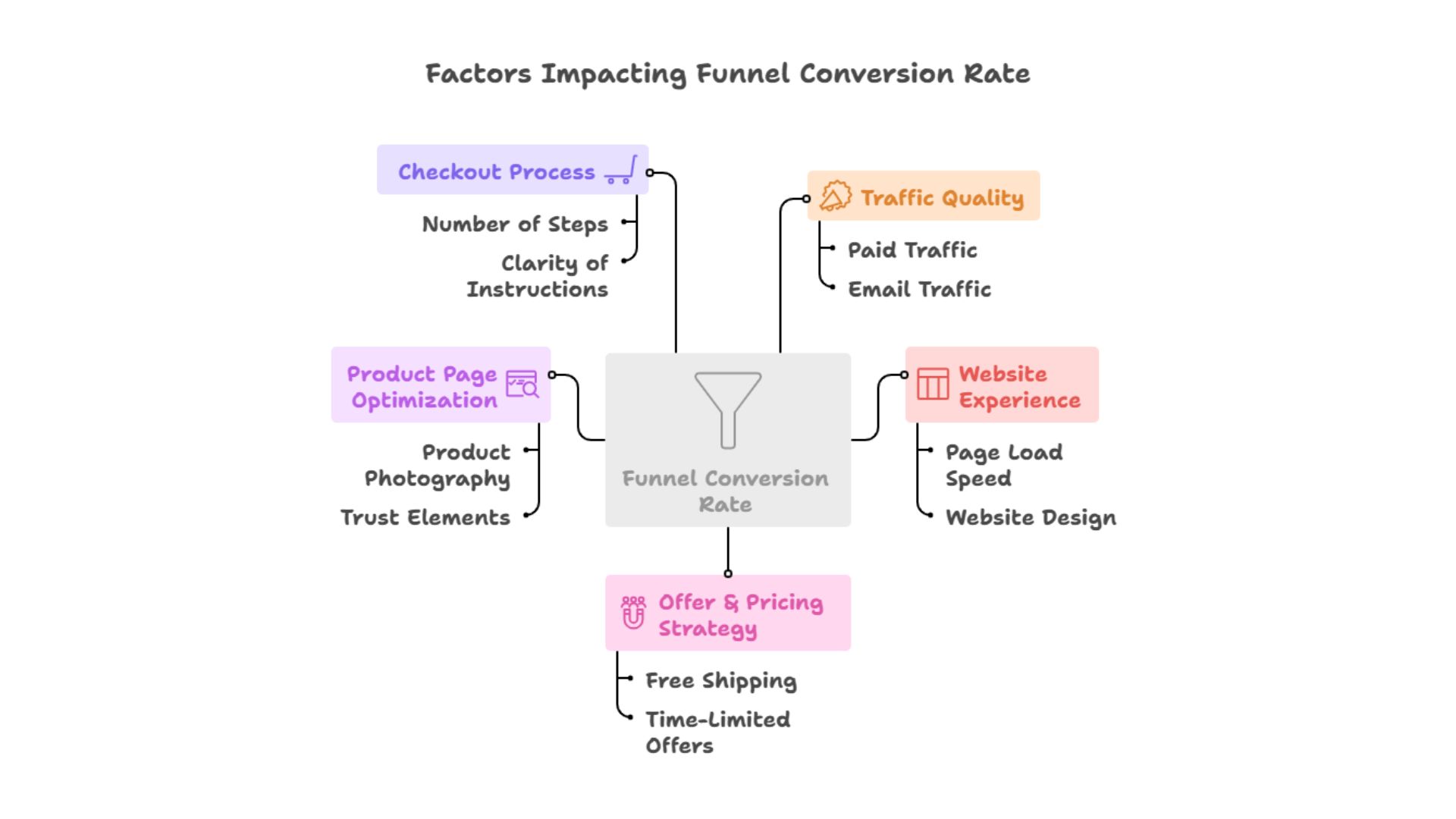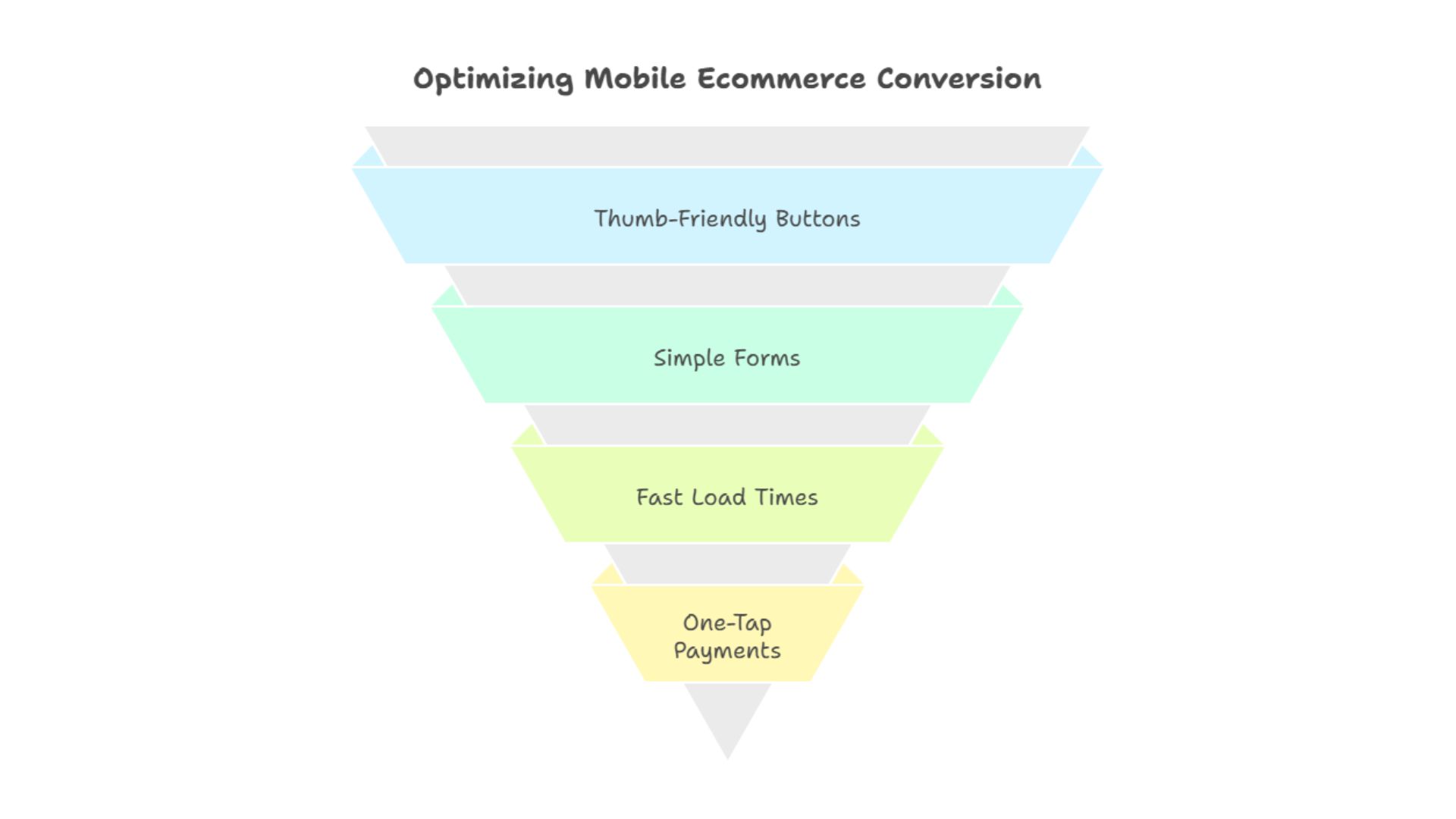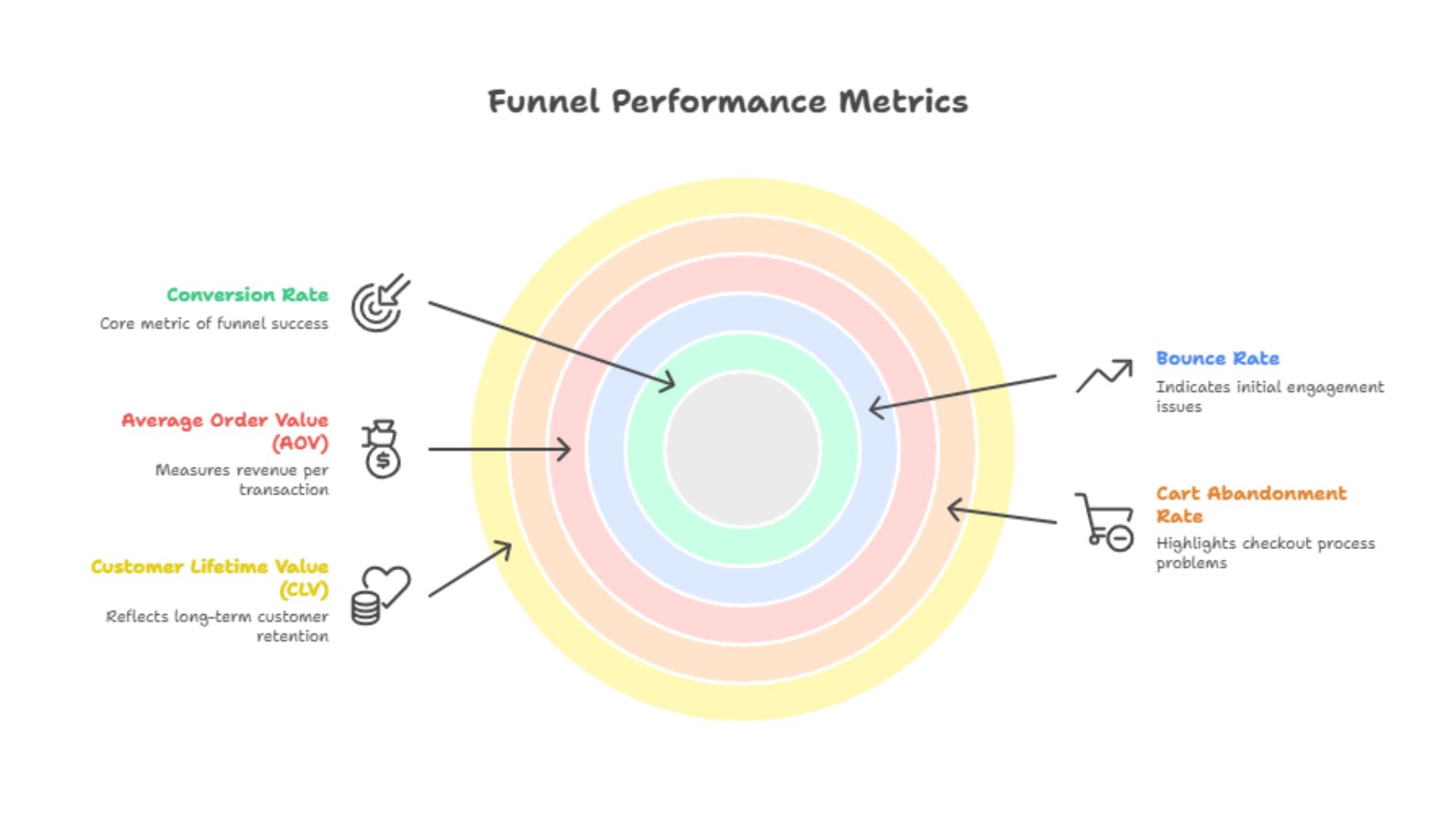Running an ecommerce business today is not about how much traffic you get; it’s about how much of that traffic converts. You can pour in budget after budget into Meta ads, influencers, or SEO, but if your funnel isn’t optimized, you’ll always be leaving money on the table.
That’s where funnel conversion rate comes in. It tells you how efficiently you’re turning visitors into paying customers.
But here’s the thing: what counts as a good funnel conversion rate? The answer isn’t one-size-fits-all. It depends on your business model, industry, and how well your funnel is built.

In this detailed, humanised guide, we’ll break down what a good funnel conversion rate looks like, how to calculate it, and most importantly, how to improve it. Along the way, we’ll also look at how data-driven experimentation and tools like CustomFit.ai, a conversion rate optimization company, can make this process easier for ecommerce and D2C brands.
A funnel conversion rate is the percentage of users who move from one stage of your funnel to the next, all the way from visiting your website to completing a purchase.
Every ecommerce business has a funnel, whether you’ve designed one or not.
A typical ecommerce funnel looks like this:
Each step has its own conversion rate. The overall funnel conversion rate tells you what percentage of visitors become customers.
To calculate it, use this formula:
Conversion Rate = (Number of Conversions ÷ Total Visitors) × 100

For example:
If 10,000 people visit your site and 300 make a purchase, your funnel conversion rate is:
(300 ÷ 10,000) × 100 = 3%
That’s your end-to-end funnel conversion rate. But breaking it down by stage tells you more:

Looking at these micro-conversions helps you see where your funnel is leaking.
There’s no universal benchmark, but across ecommerce industries, here’s what we generally see:
A “good” conversion rate is one that steadily improves through continuous optimization.
But instead of chasing averages, focus on improving your baseline by testing, measuring, and refining.
Your conversion rate depends on dozens of factors, design, messaging, pricing, user experience, and even psychology. Here are the biggest ones:
More traffic doesn’t mean better conversions. If you’re attracting visitors who aren’t interested or ready to buy, your funnel metrics will look poor.
For instance, paid traffic from a generic campaign may bring volume, but email or remarketing traffic usually converts better because those users already know your brand.
A slow, cluttered, or confusing website can destroy conversion potential. Studies show even a one-second delay in page load can reduce conversions by 7%.

Your value proposition should be obvious. Visitors should know within seconds why they should choose you, whether that’s free shipping, superior quality, or time-limited offers.
Product pages are often where most users drop off. Poor product photography, missing trust elements, and vague CTAs lead to friction.
A long or complex checkout flow can kill sales. The fewer steps between “Add to Cart” and “Order Confirmation,” the better.
Improving your funnel conversion rate isn’t about guesswork. It’s about testing, analyzing, and optimizing, repeatedly.
Here’s how you can start.
Remove unnecessary steps between discovery and purchase.
For example, if your funnel has five stages before checkout, try condensing it into three. The fewer decisions a customer has to make, the higher the chance of conversion.
Don’t rely on assumptions.
With an A/B Testing Platform like CustomFit.ai, you can test different versions of headlines, CTAs, product images, and checkout flows to see what drives more conversions.
Example experiments for ecommerce:
Each test gives you insight into what resonates with your audience. Over time, you’ll develop a funnel that’s not just designed for aesthetics but for performance.
More than 70% of ecommerce traffic comes from mobile, but mobile conversion rates are still lower than desktop.
Ensure:

Personalization can dramatically increase conversion rates.
Using tools like CustomFit.ai, ecommerce brands can tailor their website content to individual users, showing different products or messages based on behavior, location, or referral source.
Examples:
This level of personalization makes users feel seen, which increases engagement and conversions.
Trust is non-negotiable in ecommerce.
Include:
Transparency builds confidence and encourages first-time buyers.
On average, 69% of shoppers abandon their carts. You can recover some of those lost sales with:
Conversion doesn’t stop at checkout. A happy customer is more likely to buy again and refer others.
Send personalized thank-you emails, post-purchase surveys, and product recommendations.
Continuous engagement turns one-time buyers into brand loyalists, improving your overall funnel efficiency.
A/B Testing is at the core of every successful conversion rate optimization company.
Platforms like CustomFit.ai simplify this process for ecommerce brands.
Instead of hiring developers to hardcode experiments, you can use its no-code visual editor to run tests directly on your Shopify or WooCommerce store.
You can:
This data-driven approach replaces guesswork with evidence, saving time and boosting ROI.
Beyond conversion rate, track these to understand funnel performance:

Without overhyping, it’s worth mentioning how CustomFit.ai quietly powers conversion optimization for D2C brands.
For brands that want to improve funnel performance consistently, it acts as a long-term experimentation partner rather than just a tool.
Even seasoned marketers make these mistakes:
Conversion optimization is a marathon, not a one-time sprint. Small, consistent improvements yield compounding results.
Q1. What is a good funnel conversion rate for ecommerce?
A good funnel conversion rate for ecommerce typically ranges from 2% to 5%. However, for D2C brands with strong loyalty or recurring products, it can go up to 8–10%.
Q2. How can I calculate my funnel conversion rate?
Divide the number of conversions by the total visitors and multiply by 100. Tracking conversion rate across each funnel stage gives better visibility into drop-offs.
Q3. How can A/B Testing improve my conversion rate?
A/B Testing allows you to test two or more variations of your web pages, products, or CTAs. Using an A/B Testing Platform like CustomFit.ai helps identify what works best and steadily increase your ecommerce store’s conversion rate.
Q4. What’s the best way to improve low conversion rates?
Start by optimizing key funnel points: product pages, CTAs, checkout flow, and site speed. Run structured A/B tests instead of making random changes.
Q5. Do I need technical skills to run A/B Tests?
Not anymore. Platforms like CustomFit.ai are no-code, meaning marketers can test and personalize pages without engineering support.
Q6. Is personalization necessary for better conversions?
Yes. Personalization helps you show relevant offers and messages, improving engagement and reducing bounce rates.
Q7. How often should I test my funnel?
Ideally, every few weeks. Regular testing ensures you’re always improving instead of stagnating.
Q8. What are the most effective funnel optimization tools?
For ecommerce, tools like CustomFit.ai, Hotjar, and Google Analytics are essential. Each offers different layers of insights.
A good funnel conversion rate isn’t a fixed number; it’s a moving target shaped by your audience, industry, and testing discipline.
Improving it requires curiosity, data, and patience. You don’t need a new website or more ad spend, you just need to understand your users better and optimize accordingly.
Start by auditing your funnel. Identify leaks. Then, use A/B Testing to experiment, measure, and adapt.
For D2C and ecommerce brands, this process, backed by the right A/B Testing Platform like CustomFit.ai, can transform performance over time.
In the end, great funnels aren’t built overnight. They’re built through experiments that never stop.